Innovation update August 2018
Innovation update August 2018
Welcome to the latest issue of our innovation newsletter. In this issue we cover our recent innovation learning event and an update on our Network Innovation Allowance portfolio.
Innovation on show
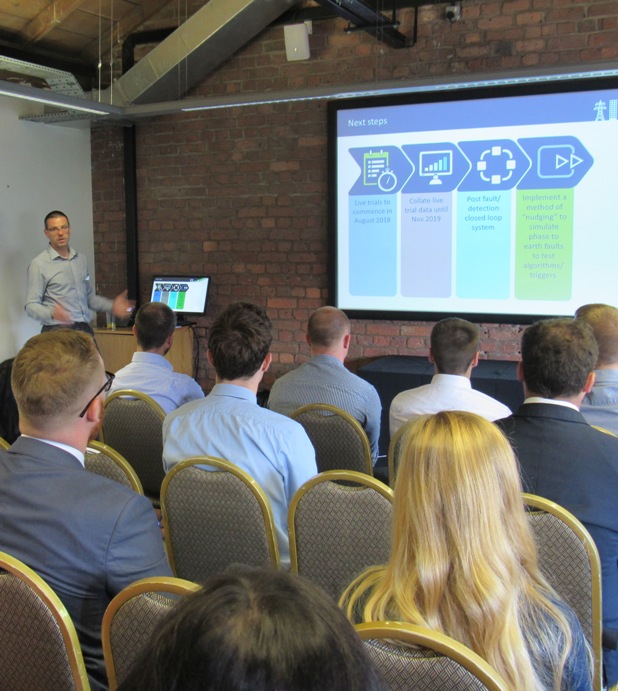
In July we held our second annual learning event at the Manchester Museum of Science and Industry. Around 50 industry stakeholders, including representatives from other distribution network operators and project partners, attended the event and listened to presentations on our innovation strategy and our portfolio of projects.
Our innovation manager Paul Turner was joined by engineers Paul Marshall, Ben Ingham and Dr Geraldine Paterson, who presented on our Respond, Smart Street and Celsius projects. Distribution System Operator (DSO) transition manager, Steve Shaw provided an update on our distribution system operator vision and strategy.
In the afternoon delegates took part in a choice of breakout sessions on: Sentinel, presented by Kieran Bailey and Kelvatek; ATLAS, presented by Dr Christos Kaloudas; community energy presented by Helen Seagrave; and the Value of Lost Load, presented by Tracey Kennelly and Impact Research.
At the end of the event, delegates were challenged to an innovation quiz to see if they were paying attention to the presentations!
Feedback from delegates was extremely positive with 95% rating the overall event as good or excellent. You can see all the day’s presentations including our delegate feedback poll on our website.
True 'Value of Lost Load' revealed

Following a detailed programme of research with 6,000 domestic customers and small businesses, our Value of Lost Load (VoLL) project is almost complete.
Our survey which included 3,000 customers from the North West and 3,000 from across the rest of Great Britain has provided a much better understanding of how a power cut impacts a diverse range of domestic and business customers.
The research shows a huge difference in the way customers value their electricity supply. Urban customers are less affected by power cuts than those served by rural networks. Customers most affected include those with electric vehicles or electric heat pumps, young families and the fuel poor.
Understanding this impact, or VoLL, is important as it is used across the electricity industry to guide investment decisions and the way customers are compensated. At present it is assumed that all customers are equally impacted by a power cut. This research challenges whether the single model remains appropriate.
The findings from our research will help ensure that future investments are targeted at areas of the network which will benefit our customers the most. It’s also likely to influence how we support vulnerable customers, address fuel poverty and has implications for future compensation strategies.
The results of our research and recommendations for the application of VoLL will be made available on our website in the next few weeks.
Celsius cools down substation
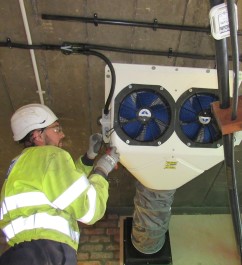
Our programme to install cooling techniques at 100 of our substations is well under way. Working with suppliers Ekkosense and Passcomm, we have already installed active techniques to improve ventilation at 40 of our sites. The deployment of passive techniques such as painting, providing shade or additional vents at the remaining 60 sites is almost complete.
The techniques are designed to cool down substations and maximise the use of our assets which will help prepare our network for renewable energy and keep costs down for customers.
Over the next 12 months we will monitor data from the trial sites to help us understand how the environment and temperature affect electrical equipment and how cooling can help release more capacity to power the electricity network.
At the same time we’ll be carrying out a series of surveys to find out what customers living near the substations think of the new techniques.
Celsius will deliver a co-ordinated approach to managing the temperature of electrical assets in distribution substations and is the first solution of its kind in Great Britain.
NIA projects deliver value for customers
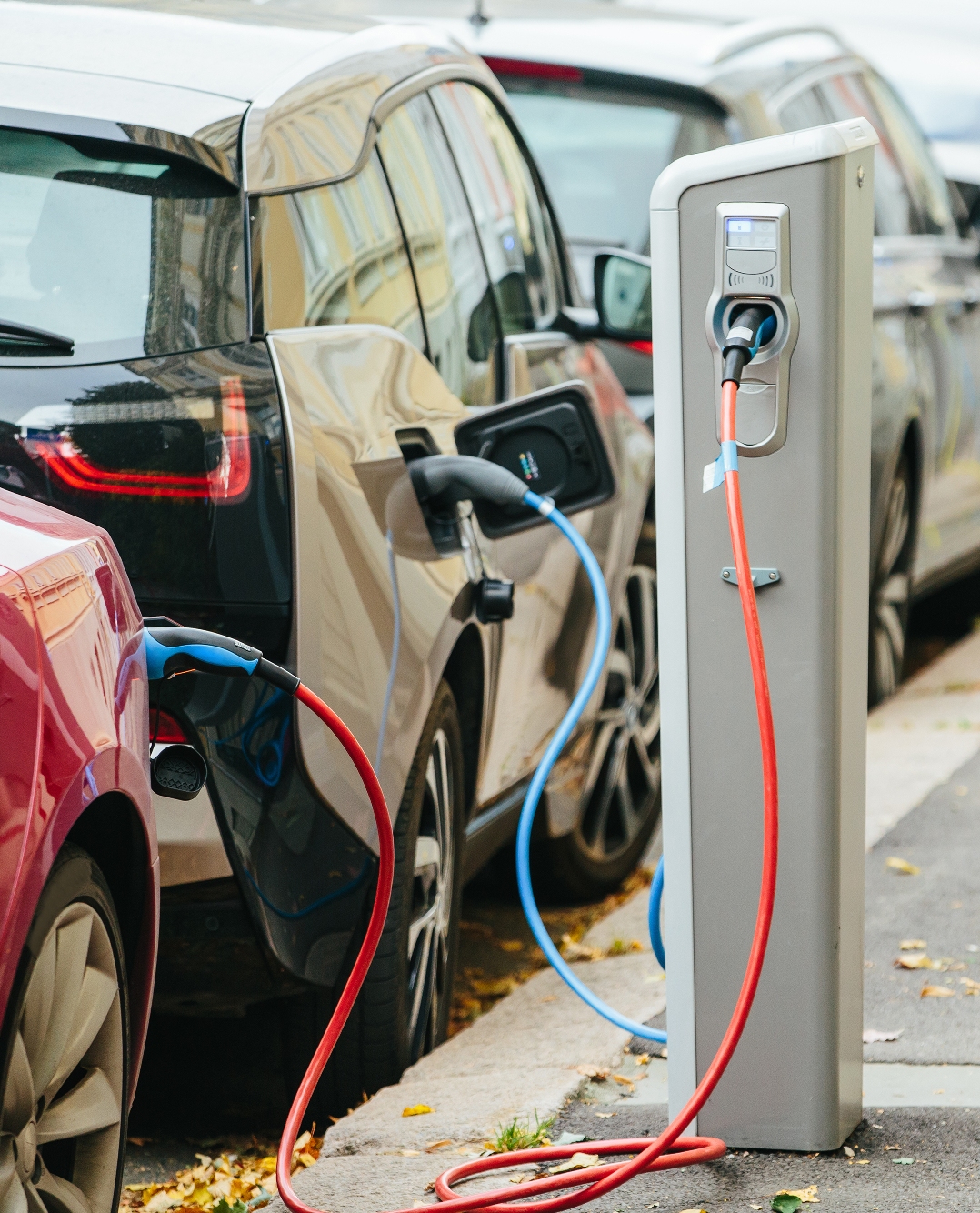
At the end of July we published our annual Network Innovation Allowance (NIA) summary report, and an annual progress report for each of our live NIA projects. NIA is a set allowance which funds smaller-scale research, development and demonstration projects.
We are continuing to transfer elements from some of our completed NIA projects into business as usual, which are helping us become more efficient and deliver benefits to our customers.
Our ATLAS project is now complete. It has developed methodologies and prototype tools for the long-term, demand and generation forecasting of grid and primary substations. The ATLAS approach is now a business as usual process which supports strategic planning of network capacity and helps us develop solutions to capacity problems.
We have also completed our ‘Reliable, low cost earth fault detection’ project which developed and trialled fault passage indicator units for overhead line networks. The units are integrated into our network management system which allows us to detect faults in real time and consequently improves restoration times. We have developed a technical specification based on the learning from this project, which is available as an appendix to the project closedown report.
You can see updates on all of our NIA projects on our website.
Community energy strategy
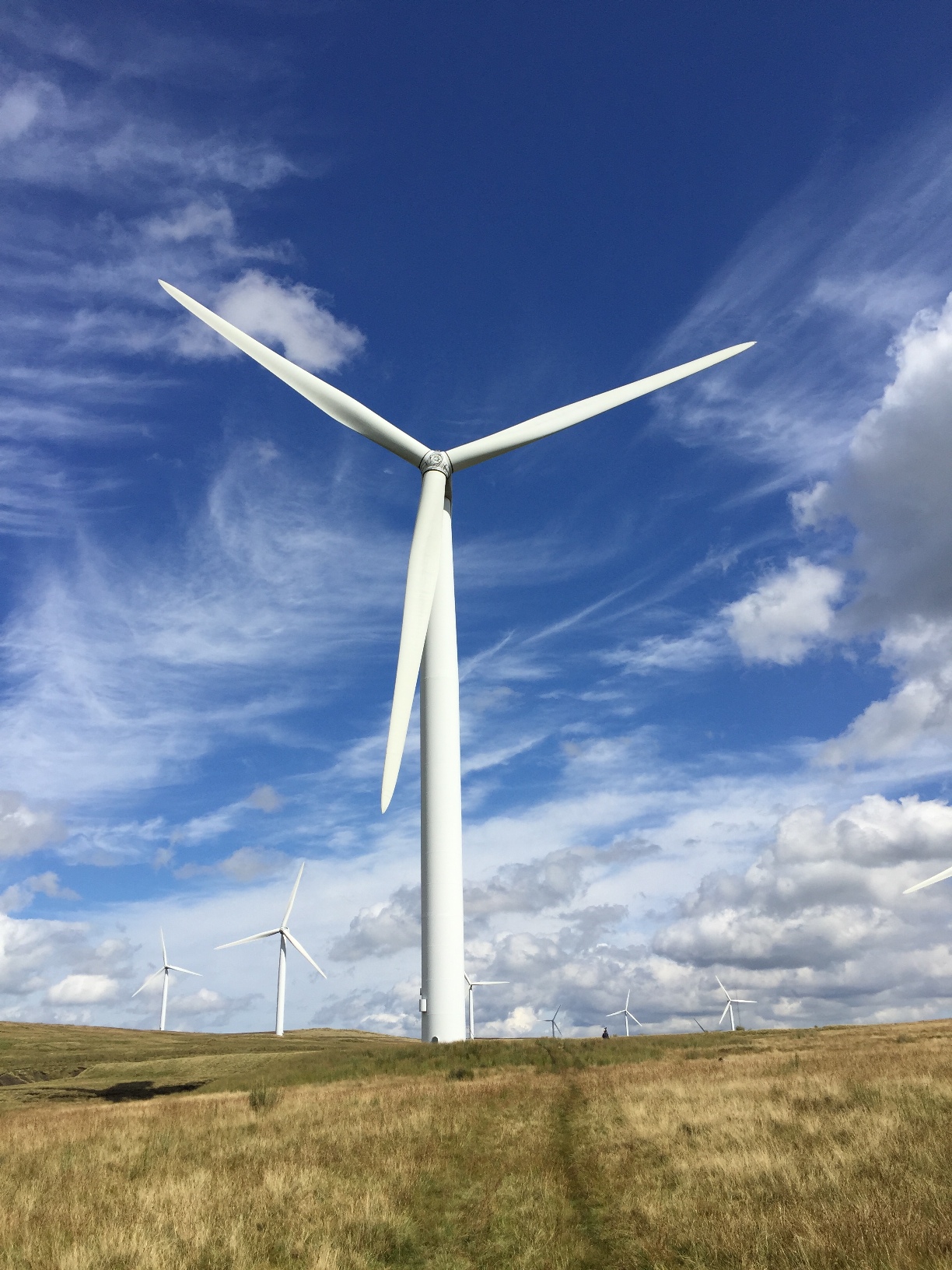
We have recently launched our new community and local energy strategy, which sets out our vision for supporting the growth of community energy, a key strand of our wider strategy for building a smarter and more flexible power network for a low carbon future.
To launch our new strategy, we carried out new research which revealed that 70% of British consumers believe they have a role to play in our national energy infrastructure, but 55% stated they did not know how to get involved. The survey of 1,413 people also showed that only 2% of people are actively participating in a community energy group, despite 63% admitting they would be interested, if they could save money.
As an organisation, we are committed to the transition to a low carbon economy and as such, it’s vital that we play a central role in facilitating this transition both in the North West and across Britain. With communities at the heart of all that we do, we also want to support activities that directly benefit them, while protecting vulnerable customers and promoting energy efficiency. Community and local energy groups will form a key part in this transition, and with close engagement, collaboration and innovation, together we can deliver a smart energy network and an infrastructure fit for modern Britain.
Find out more about our new research and our community and local energy strategy.
A series of events is being run by the Energy Networks Association for community groups wishing to engage with distribution network operators. You can register online to attend on Wednesday 19 September in Cardiff, or on Tuesday 25 September in Edinburgh.
Help balance the grid with flexible services
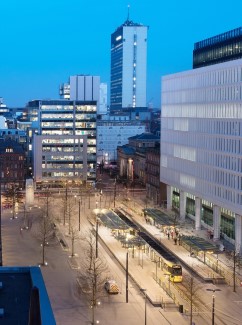
In our last newsletter we told you about our new flexible services and asked for expressions of interest from companies or individual customers who have the flexibility to generate electricity onto the network, or reduce their demand, in return for payment.
We are utilising a number of innovative techniques to ensure we can continue to deliver an affordable, reliable and sustainable electricity supply for all our customers. Flexible services is one such technique which could help manage capacity in key locations across the North West.
This alternative solution could avoid the need to replace network equipment and reduce costs for all electricity customers.
Following the submission of expressions of interest from a number of companies we are running a competitive tender for contract delivery in winter 2018/2019 starting on Monday 30 July 2018.
We will run further tenders in the next few months. If you would like to be considered in other tender processes, please contact us with your details.
For more information visit our webpage.
Useful links
You can find out more detailed information about our strategy and all of our innovation projects using the following links:
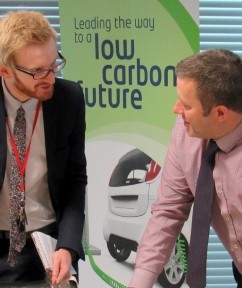 Our innovation strategy, updated April 2018: www.enwl.co.uk/innovation-strategy
Our innovation strategy, updated April 2018: www.enwl.co.uk/innovation-strategy - Our LCN Fund project Smart Street: www.enwl.co.uk/smartstreet
- Our LCN Fund project Respond: www.enwl.co.uk/respond
- Our NIC project Celsius: www.enwl.co.uk/celsius
- Our NIA projects: www.enwl.co.uk/nia
- Meet the Electricity North West innovation team: Meet the team
- The Electricity Networks Association smarter networks portal: www.smarternetworks.org
- The Energy Network Association’s national Electricity Network Innovation Strategy published in March 2018.
Or contact us at innovation@enwl.co.uk.
If you would like to find out about other Electricity North West projects and events please register for our other stakeholder newsletters.